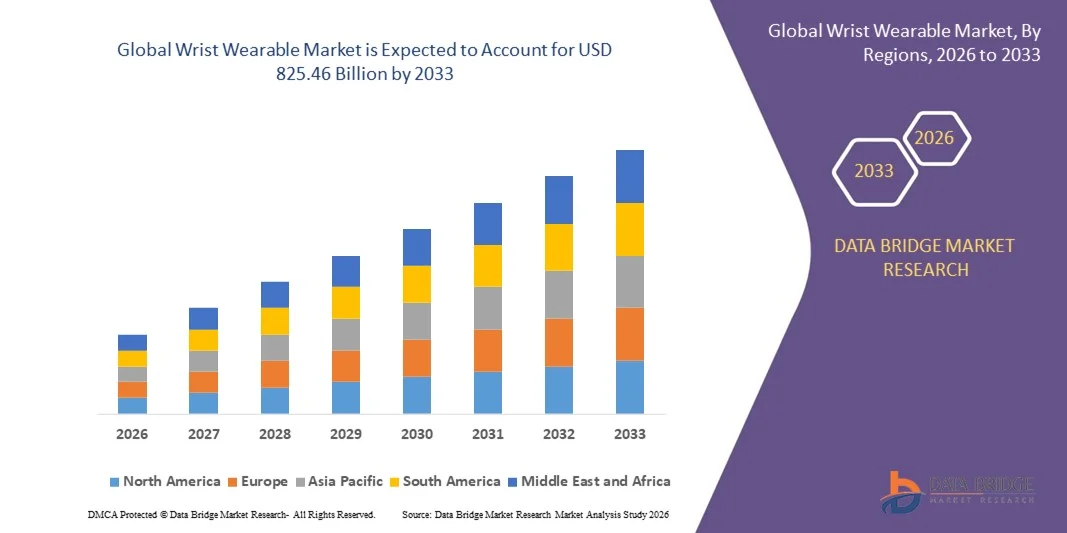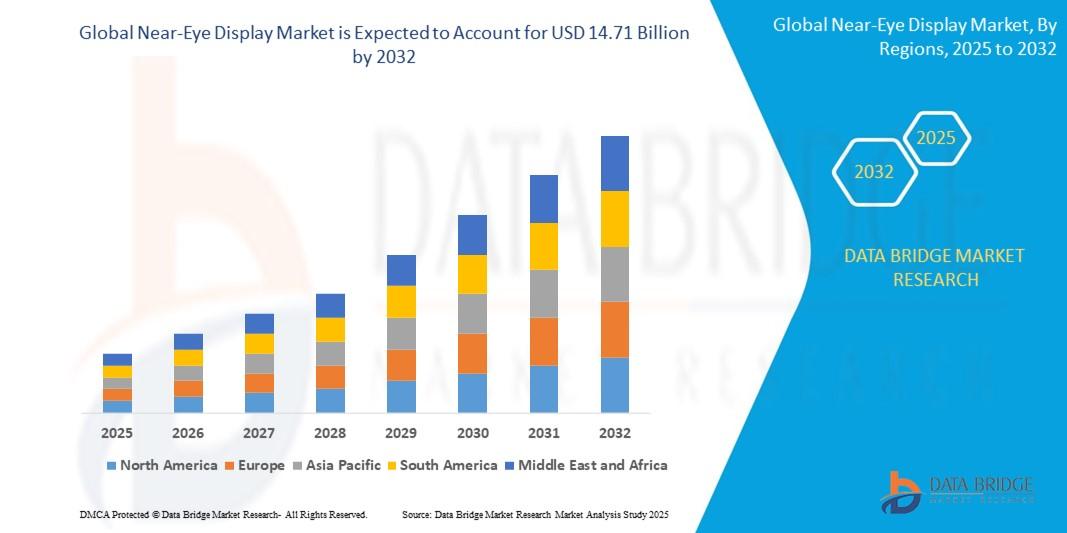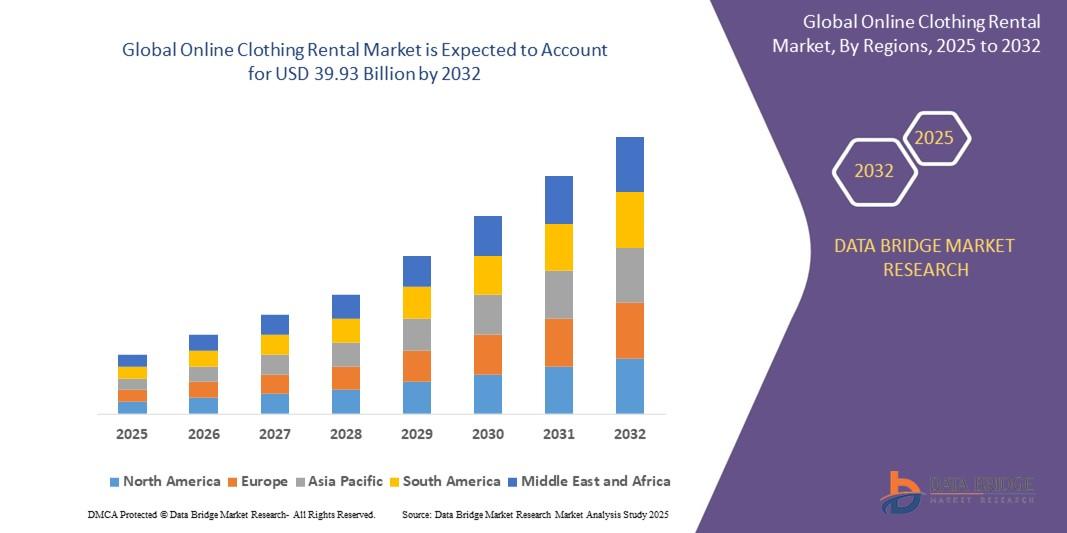Wrist Wearable Market Growth Analysis and Future Opportunities Worldwide

Global Executive Summary Wrist Wearable Market: Size, Share, and Forecast
CAGR Value
- The global wrist wearable market size was valued at USD 63.05 billion in 2025 and is expected to reach USD 256.97 billion by 2033, at a CAGR of 19.20% during the forecast period
- The growing demand for the product due to its ability to connect with several devices such as TVs, media players, smartphones, laptops, headsets, point-of-sale devices, and several other devices that have Bluetooth and NFC connectivity capabilities, increasing penetration of smartphones, growing popularity of high-speed broadband services, rising usages of the product as it enable the easy transfer of data to electronic device, gaining popularity among medical, automotive, and consumer electronics industries are some of the major as well as vital factors which will such asly to augment the growth of the wrist wearable market
Wrist Wearable Market business report provides data on patterns, improvements, target business sectors, materials, limits, and advancements. With this market report, it becomes possible to gain a holistic view of the market effectively and then also benchmark all the companies in the Wrist Wearable Market industry. Moreover, it works to determine the impact of buyers, substitutes, new entrants, competitors, and suppliers on the market. This gives more accurate understanding of the market landscape, issues that may affect the industry in the future, and how to best position specific brands. An influential Wrist Wearable Market research document estimates the existing state of the market, market size and market share, revenue generated from the product sale, and necessary changes required in the future products.
The significant Wrist Wearable Market research report contains historic data, present market trends, environment, technological innovation, upcoming technologies and the technical progress in the related industry. The research studies involved in this market report helps to estimate several important aspects that includes but are not limited to investment in a rising market, success of a new product, and expansion of market share. Key data and information used while preparing this report has been collected from the consistent sources that range from journals, websites, research papers, case studies, and magazines. Wrist Wearable Market report works as a backbone for the growth of Wrist Wearable Market industry.
Stay ahead with crucial trends and expert analysis in the latest Wrist Wearable Market report.Download now:
https://www.databridgemarketresearch.com/reports/global-wrist-wearable-market
Wrist Wearable Industry Overview
Segments
- Product Type: The wrist wearable market can be segmented based on product types such as smartwatches, fitness bands, and smart jewelry. Smartwatches dominate the market due to their multifunctional capabilities, including notifications, health tracking, and connectivity features. Fitness bands are popular among fitness enthusiasts for tracking activities such as steps, calories burned, and heart rate. Smart jewelry is gaining traction as a stylish wearable technology that combines functionality with fashion.
- Distribution Channel: The distribution channel segment includes online retail, specialty stores, and others. Online retail is the preferred channel for purchasing wrist wearables due to its convenience and wide product selection. Specialty stores offer personalized customer service and hands-on experience with the products, appealing to consumers who prefer in-person shopping experiences.
- Price Range: The wrist wearable market can also be segmented based on price ranges, including low-end, mid-range, and high-end products. Low-end wrist wearables are budget-friendly options with basic functionalities, targeting price-sensitive consumers. Mid-range products offer a balance between price and features, appealing to a broader customer base. High-end wrist wearables are premium devices with advanced features and materials, catering to tech enthusiasts and luxury seekers.
Market Players
- Apple Inc.: A leading player in the wrist wearable market, Apple offers the popular Apple Watch series known for its sleek design, advanced health monitoring features, and seamless integration with other Apple devices.
- Samsung Electronics Co., Ltd.: Samsung's Galaxy Watch series competes with Apple in the smartwatch segment, offering a range of models with diverse features such as fitness tracking, LTE connectivity, and rotating bezels.
- Fitbit, Inc.: Fitbit specializes in fitness trackers and smartwatches designed for health-conscious consumers, providing features such as activity tracking, sleep monitoring, and heart rate monitoring.
- Garmin Ltd.: Known for its GPS technology, Garmin offers a range of fitness-centric wrist wearables tailored for outdoor activities such as running, cycling, and swimming.
- Huawei Technologies Co., Ltd.: Huawei's smartwatches combine fitness tracking with smart features such as notifications, music playback, and NFC payments, targeting users seeking a versatile wearable device.
- Xiaomi Corporation: Xiaomi's Mi Band series offers affordable fitness bands with essential tracking features, appealing to cost-conscious consumers looking for basic activity monitoring.
- Fossil Group, Inc.: Fossil focuses on stylish smartwatches with traditional watch designs, catering to fashion-forward consumers who value aesthetics alongside smart features.
The global wrist wearable market is a dynamic and competitive landscape driven by technological advancements, consumer preferences, and market strategies adopted by key players. As the demand for wearable technology continues to rise, innovation, design, and functionality will play crucial roles in shaping the market's future growth and direction. Market players will need to stay agile and responsive to changing trends and consumer needs to maintain their competitive edge in this rapidly evolving industry.
The wrist wearable market is witnessing significant growth and innovation driven by the increasing demand for wearable technology worldwide. One key trend that is shaping the market is the convergence of fashion and technology in wrist wearables. Manufacturers are focusing on developing devices that not only offer advanced functionalities but also cater to style-conscious consumers. Smart jewelry, for example, is emerging as a niche segment within the wrist wearable market, offering aesthetically pleasing accessories that also pack technology features. This trend is likely to continue as consumers seek wearable devices that seamlessly blend into their lifestyle and personal aesthetic.
Another trend influencing the wrist wearable market is the growing emphasis on health and fitness tracking features. Consumers are increasingly conscious of their health and fitness goals, leading to a surge in demand for wrist wearables that offer robust tracking capabilities. Smartwatches and fitness bands equipped with sensors for monitoring activities such as heart rate, sleep patterns, and calorie burn are becoming popular choices among health enthusiasts and individuals looking to lead a healthier lifestyle. This shift towards health-centric wearables is expected to drive further innovation in the market, with manufacturers investing in advanced sensors and software to provide more accurate health insights to users.
In terms of distribution channels, online retail is witnessing significant growth in the wrist wearable market. The convenience and wide product selection offered by online retailers have made them a preferred choice for consumers looking to purchase wrist wearables. Additionally, the rise of e-commerce platforms has enabled manufacturers to reach a broader audience and expand their market presence globally. However, specialty stores still play a crucial role in the market, particularly for consumers who value personalized service and hands-on experience with the products before making a purchase decision. As the online retail landscape continues to evolve, manufacturers will need to adapt their distribution strategies to cater to the changing preferences of consumers.
The price range segmentation in the wrist wearable market reflects the diverse preferences and purchasing power of consumers. Low-end products target price-sensitive consumers looking for budget-friendly options with essential features, while mid-range devices offer a balance between price and functionality, appealing to a broader customer base. High-end wrist wearables cater to tech enthusiasts and luxury seekers who are willing to invest in premium devices with advanced features and premium materials. As manufacturers continue to introduce new models across different price segments, pricing strategy will be a key factor in attracting and retaining customers in a competitive market landscape.
In conclusion, the wrist wearable market is a dynamic and evolving industry driven by innovation, consumer preferences, and technological advancements. As market players continue to introduce new products and features to meet the changing needs of consumers, the market is expected to witness further growth and competition in the coming years. Whether through fashion-forward designs, advanced health tracking capabilities, or strategic distribution channels, manufacturers will need to stay abreast of market trends and consumer demands to maintain their competitive edge in this rapidly expanding market.The wrist wearable market is poised for continued growth and innovation as manufacturers focus on blending technology with fashion to cater to style-conscious consumers. The convergence of fashion and technology has led to the emergence of smart jewelry as a niche segment within the market, offering aesthetically pleasing accessories with advanced technological features. This trend reflects a shift towards wearable devices that not only provide functionality but also seamlessly integrate into consumers' personal aesthetics and lifestyle choices. As consumers seek devices that can complement their fashion preferences while offering advanced functionalities, manufacturers are likely to continue exploring innovative designs and materials to meet these evolving demands.
Health and fitness tracking features are also driving significant demand within the wrist wearable market as consumers become increasingly health-conscious and prioritize tracking their fitness goals. Devices equipped with sensors for monitoring activities such as heart rate, sleep patterns, and calorie burn are gaining popularity among health enthusiasts and individuals looking to maintain a healthier lifestyle. This emphasis on health-centric wearables is expected to fuel further innovation in the market, with manufacturers investing in advanced sensors and software to provide users with more accurate health insights and tracking capabilities. As lifestyle trends continue to emphasize wellness and fitness, the integration of robust health tracking features in wrist wearables will likely remain a key selling point for consumers.
In terms of distribution channels, online retail has become a crucial platform for the wrist wearable market, offering convenience and a wide range of product selections for consumers. The rise of e-commerce platforms has enabled manufacturers to reach a global audience and expand their market presence, driving significant growth in online sales of wrist wearables. However, specialty stores still hold relevance, particularly for consumers seeking personalized service and hands-on experience with the products before making a purchase decision. As the online retail landscape continues to evolve, manufacturers will need to adapt their distribution strategies to meet the changing preferences of consumers while also maintaining a presence in traditional brick-and-mortar retail outlets.
Price range segmentation plays a vital role in catering to the diverse preferences and purchasing power of consumers in the wrist wearable market. Low-end products target price-sensitive consumers seeking budget-friendly options with essential features, while mid-range devices appeal to a broader customer base by offering a balance between price and functionality. High-end wrist wearables target tech enthusiasts and luxury seekers who are willing to invest in premium devices with advanced features and materials. Manufacturers will need to carefully consider their pricing strategies across different price segments to attract and retain customers in a competitive market landscape while also ensuring that they deliver value and innovation across all product ranges.
In conclusion, the wrist wearable market continues to evolve as manufacturers prioritize innovation, consumer preferences, and technological advancements to drive growth and competition. By focusing on fashion-forward designs, advanced health tracking capabilities, and strategic distribution channels, market players can position themselves for success in this dynamic and expanding industry. As consumer trends continue to shape the market's direction, manufacturers will need to stay attuned to changing preferences and market dynamics to sustain their competitive edge and meet the evolving demands of modern consumers.
Access detailed insights into the company’s market position
https://www.databridgemarketresearch.com/reports/global-wrist-wearable-market/companies
Alternative Research Questions for Global Wrist Wearable Market Analysis
- What is the estimated market value of the Wrist Wearable Market in 2025?
- What is the forecasted annual growth of the Wrist Wearable Market?
- Which industries are key consumers in the Wrist Wearable Market segmentation?
- Which companies are currently investing heavily in the Wrist Wearable Market?
- What are the most recent product innovations in the Wrist Wearable Market?
- What global regions are comprehensively covered in the Wrist Wearable Market analysis?
- Which region is expanding the fastest in terms of market penetration?
- What countries are emerging leaders in the Wrist Wearable Market?
- What region dominated the market last year?
- What are the top three market trends in the Wrist Wearable Market?
Browse More Reports:
Global Diatomite Market
Global Night Vision System (NVS) Vehicle Intelligence System Market
Global Dyes and Pigments Market
Global Temperature Modulation Devices Market
Global Zinc Glycinate Market
Global Casein Protein in Animal Feed Application Market
Global Metal Deactivators Market
Global Innerspring Mattress Market
Global Mobile Analytics Market
Global Woodhouse Sakati Syndrome Market
Global Cloud Personal and Entry Level Storage (PELS) Market
Global Cyanotic Heart Disease Market
Global Wide Field Imaging Devices Market
Global Aerospace Telemetry Market
Global Cotton Processing Market
About Data Bridge Market Research:
An absolute way to forecast what the future holds is to comprehend the trend today!
Data Bridge Market Research set forth itself as an unconventional and neoteric market research and consulting firm with an unparalleled level of resilience and integrated approaches. We are determined to unearth the best market opportunities and foster efficient information for your business to thrive in the market. Data Bridge endeavors to provide appropriate solutions to the complex business challenges and initiates an effortless decision-making process. Data Bridge is an aftermath of sheer wisdom and experience which was formulated and framed in the year 2015 in Pune.
Contact Us:
Data Bridge Market Research
US: +1 614 591 3140
UK: +44 845 154 9652
APAC : +653 1251 975
Email:- corporatesales@databridgemarketresearch.com




